Iran’s tile and ceramic industry stands as a pillar of its industrial landscape, renowned for its rich heritage, abundant resources, and significant production capacity. Ranking among the top five global producers, Iran boasts an annual output of approximately 300-400 million square meters of ceramic tiles, fueled by a robust domestic supply of raw materials like kaolin and feldspar. Despite its strengths, the industry faces hurdles in penetrating international markets beyond its traditional regional sphere, constrained by sanctions, competition, and underdeveloped export strategies. This article examines tailored strategies for Iran’s tile and ceramic industry to enter global markets successfully, leveraging its unique advantages while overcoming barriers to establish a foothold in the competitive global arena.
The Current Landscape of Iran’s Tile and Ceramic Industry
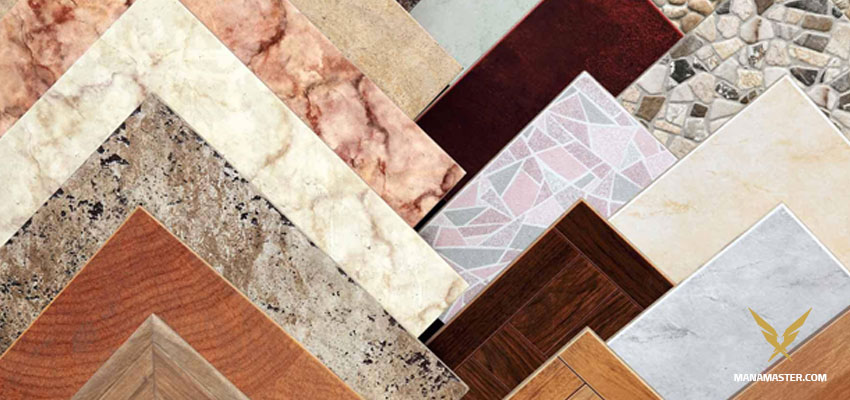
Iran’s tile and ceramic sector is a powerhouse, with over 147 operational factories concentrated in regions like Yazd and Isfahan. The country’s production capacity exceeds 700 million square meters annually, though actual output hovers lower due to domestic oversupply and a sluggish construction sector. Historically, Iran has exported to over 50 countries, with Iraq (73% of exports), Pakistan, and Central Asia as primary markets, generating $137 million in export revenue in recent years. However, competition from global leaders like China, Italy, and Spain—coupled with sanctions limiting access to advanced technology and broader markets—has confined Iran’s reach. To break into global markets, strategic planning and execution are imperative.
Key Challenges to Global Expansion
Before outlining strategies, it’s essential to understand the barriers Iran faces:
Sanctions and Trade Restrictions: U.S. and international sanctions restrict banking transactions, machinery imports, and entry into Western markets.
Intense Competition: China’s low-cost production, Italy’s innovation, and Spain’s quality dominate global demand.
Weak Branding: Iran lacks a cohesive international identity for its tiles, overshadowed by established brands.
Logistical Hurdles: High shipping costs and underdeveloped export infrastructure limit competitiveness.
Quality Perception: Overproduction has led to price wars and occasional quality compromises, risking Iran’s reputation.
Opportunities in the Global Market
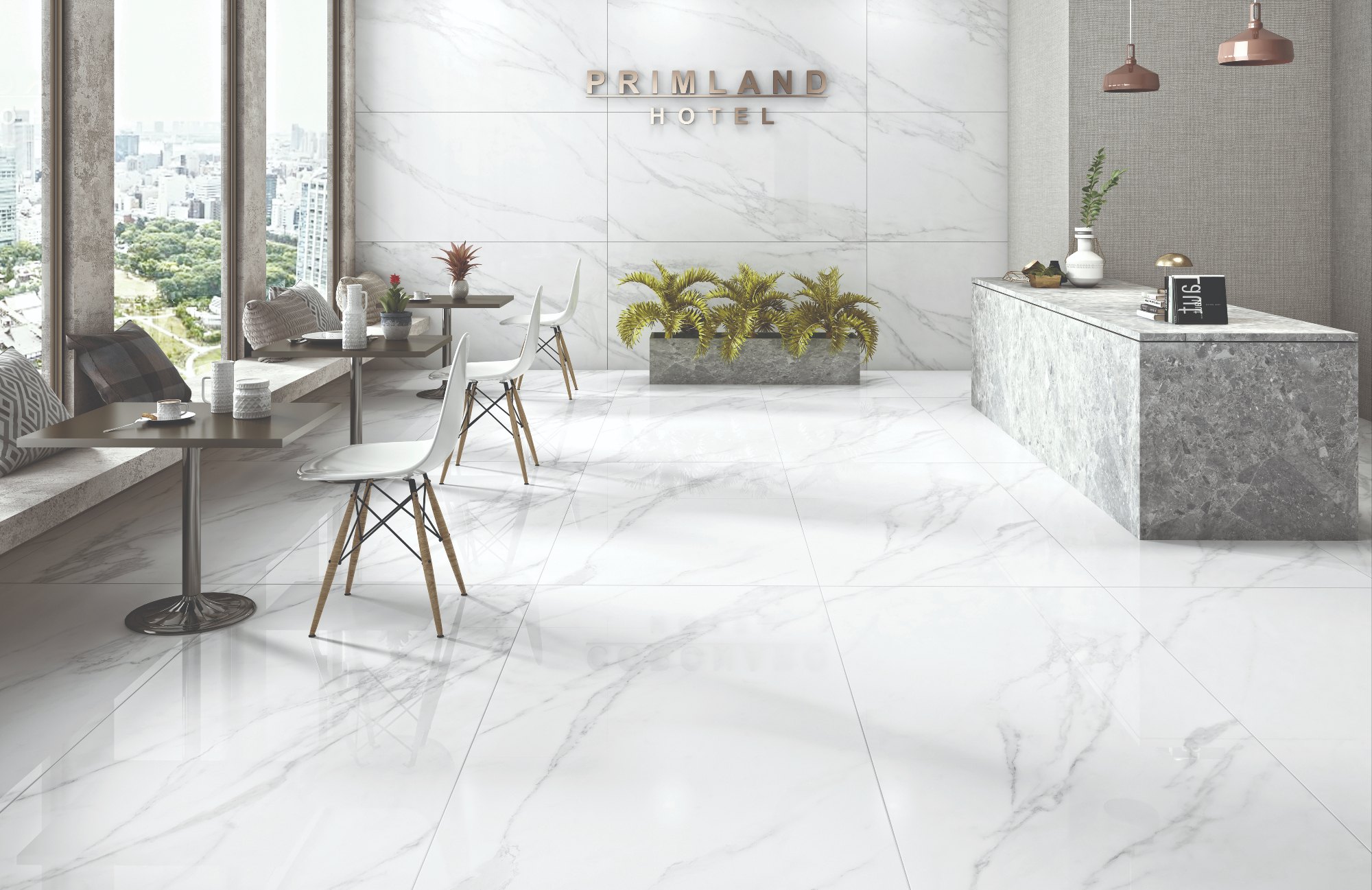
Despite these challenges, opportunities abound:
Growing Demand: The global ceramic tile market is projected to reach $230 billion by 2027, driven by urbanization and construction in Asia, Africa, and the Middle East.
Cultural Appeal: Iran’s traditional designs resonate with markets valuing heritage-inspired aesthetics.
Preferential Trade Agreements: Deals like the Eurasian Economic Union (EEU) pact offer tariff reductions in Russia and Central Asia.
Sustainability Trends: Eco-conscious consumers favor materials with lower environmental footprints, an area where Iran can innovate.
Strategies for Market Entry
To capitalize on these opportunities, Iran’s tile and ceramic industry can adopt the following strategies:
۱. Market Segmentation and Targeting
Identify High-Potential Markets: Focus on emerging economies with rising construction needs, such as India, Turkey, Russia, and African nations like Kenya and Nigeria, where competition from Western brands is less entrenched.
Niche Positioning: Target segments valuing unique designs (e.g., Islamic geometric patterns) or sustainable products, differentiating from mass-market competitors like China.
Tiered Offerings: Develop a range of products—premium porcelain for affluent markets and cost-effective ceramics for price-sensitive regions.
۲. Enhancing Product Quality and Innovation
Invest in Technology: Upgrade to digital printing and energy-efficient kilns to improve design precision and consistency, aligning with global standards.
Sustainability Focus: Adopt eco-friendly practices (e.g., water recycling, low-emission firing) to appeal to green-conscious markets in Europe and North America.
Certifications: Obtain international quality certifications (e.g., ISO 13006) to build trust and meet import requirements.
۳. Building a Strong Brand Identity
Unified Branding: Create a national brand (e.g., “Persian Tiles”) that leverages Iran’s cultural heritage, emphasizing craftsmanship and durability.
Marketing Campaigns: Use digital platforms, trade fairs (e.g., Cersaie in Italy), and social media to showcase product uniqueness and attract distributors.
Storytelling: Highlight the historical significance of Persian ceramics, connecting with consumers seeking authenticity.
۴. Strategic Partnerships and Distribution
Joint Ventures: Partner with foreign manufacturers or distributors in target markets to share technology, reduce costs, and navigate local regulations.
Local Agents: Establish relationships with regional distributors in key markets to streamline logistics and market entry.
Trade Agreements: Leverage existing pacts (e.g., EEU, ECO) and negotiate new bilateral deals to lower tariffs and enhance competitiveness.
۵. Optimizing Supply Chain and Logistics
Domestic Processing: Invest in kaolin and feldspar processing plants to reduce reliance on imported raw materials, cutting costs and delays.
Export Hubs: Develop centralized export facilities near ports (e.g., Bandar Abbas) to improve shipping efficiency and reduce freight expenses.
Alternative Payment Systems: Use barter trade or cryptocurrency to bypass sanction-related banking restrictions.
۶. Competitive Pricing and Market Penetration
Penetration Pricing: Offer competitive introductory prices to gain market share, gradually increasing as brand recognition grows.
Value-Added Services: Provide installation training or design consultation to differentiate from competitors.
Bundling: Combine tiles with sanitary ware or decorative ceramics for bulk sales to construction firms.
۷. Government Support and Policy Alignment
Subsidies and Incentives: Advocate for government subsidies on energy costs and export incentives to offset sanctions’ impact.
Trade Missions: Collaborate with Iran’s Ministry of Industry, Mine, and Trade to organize delegations to target markets.
Sanctions Mitigation: Work with policymakers to explore legal trade corridors (e.g., via Turkey or Russia) to reach restricted regions indirectly.
Case Studies of Potential Markets
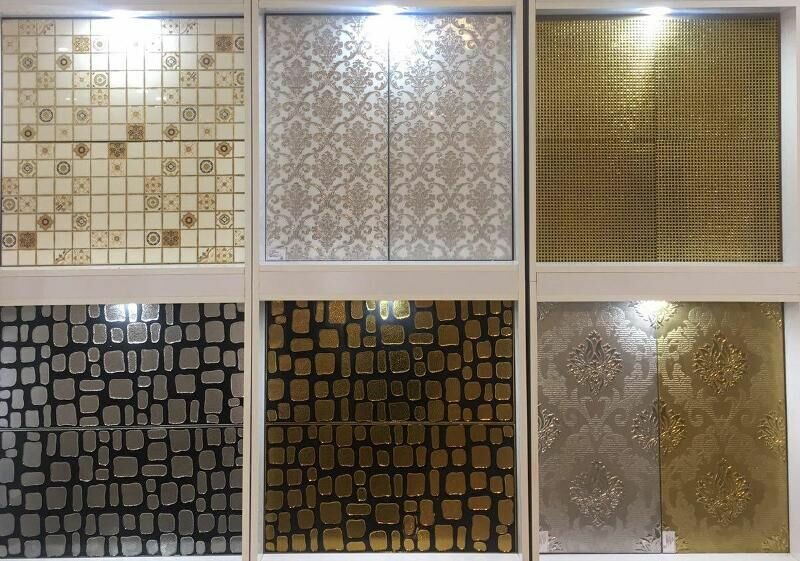
Russia: The EEU agreement reduces tariffs to 5%, and Russia’s construction boom offers a $2 billion tile market. Iran’s proximity and quality can challenge China’s dominance.
India: With a $5 billion tile market and 8% annual growth, India’s demand for affordable, stylish tiles aligns with Iran’s strengths.
GCC Countries: The Gulf’s luxury construction sector (e.g., UAE, Qatar) favors premium porcelain, where Iran can compete on design and price.
Implementation Roadmap
Short-Term (1-2 Years): Conduct market research, enhance product quality, and establish initial partnerships in 2-3 target markets (e.g., Russia, India).
Medium-Term (3-5 Years): Build export infrastructure, launch branding campaigns, and expand to 5-7 markets, including Africa and Southeast Asia.
Long-Term (5-10 Years): Achieve a top-10 global ranking by diversifying products, securing 10% of target market shares, and leading in sustainable ceramics.
Overcoming Competitive Threats
Iran must counter China’s price advantage with superior design and quality, Italy’s innovation with technological upgrades, and Spain’s branding with a strong Persian identity. Flexibility in pricing and agility in adapting to market trends will be key to staying ahead.
Conclusion
Iran’s tile and ceramic industry holds immense potential to become a global contender, blending its historical craftsmanship with modern strategies. By targeting high-growth markets, enhancing product offerings, building a recognizable brand, and optimizing logistics, Iran can overcome sanctions and competition to claim a larger share of the $230 billion global market. Success hinges on collaboration between industry stakeholders and government, a commitment to innovation, and a clear vision for international expansion. As the world embraces sustainable and aesthetically rich materials, Iran’s tiles—rooted in tradition yet poised for the future—can adorn homes and buildings worldwide, cementing its place in the global design narrative.
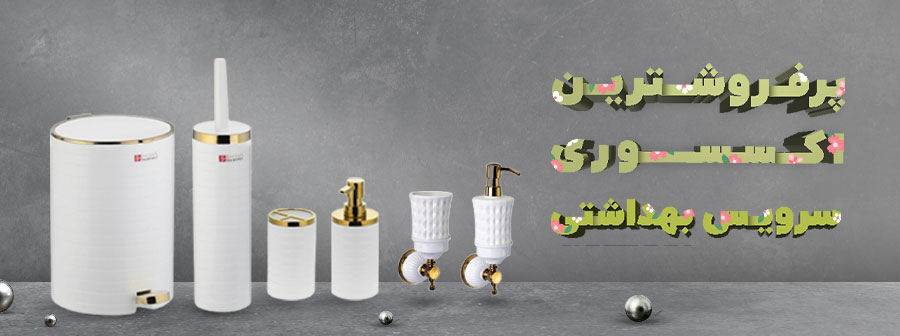
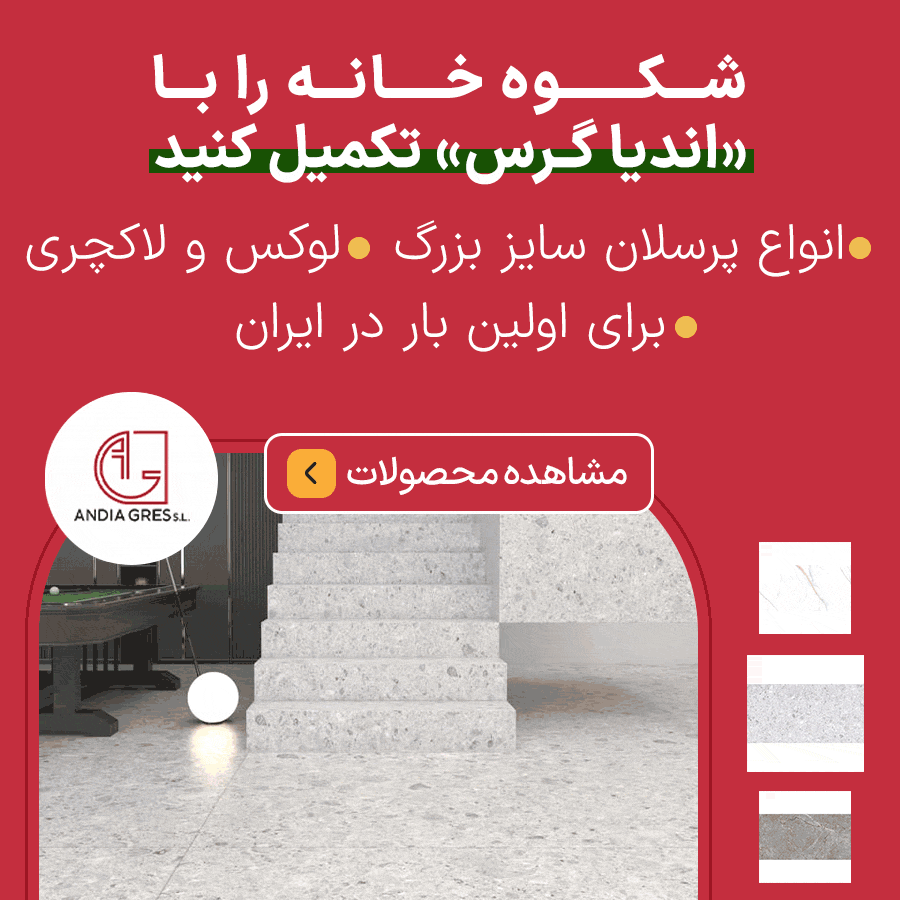
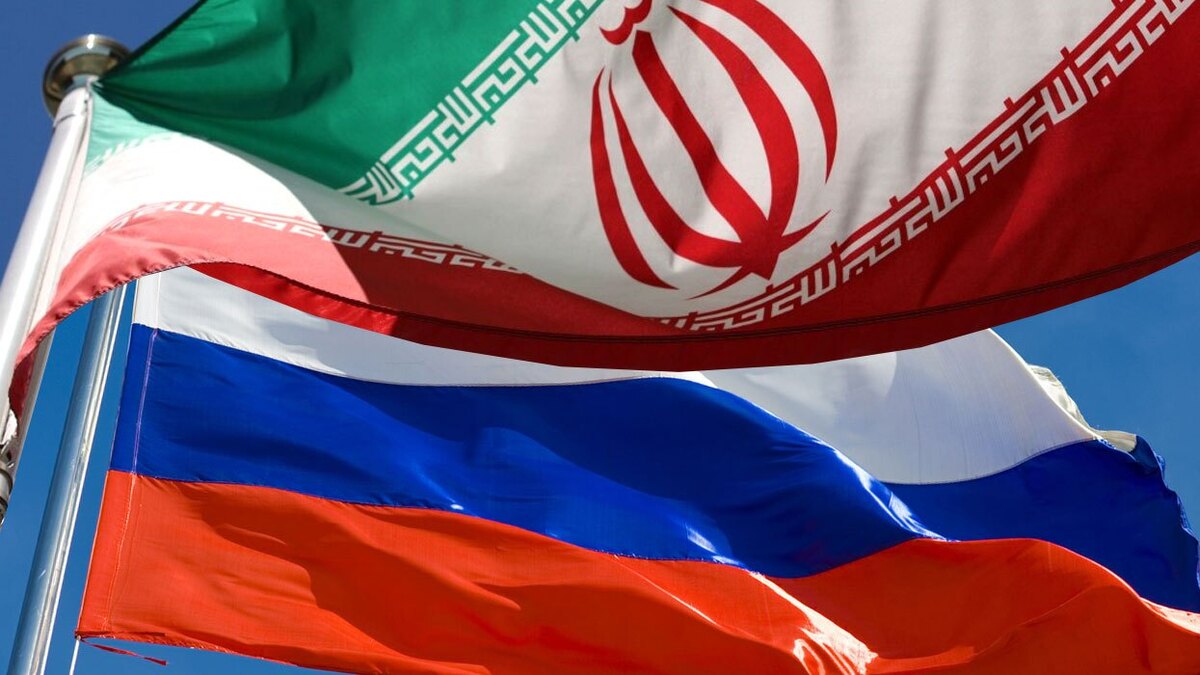
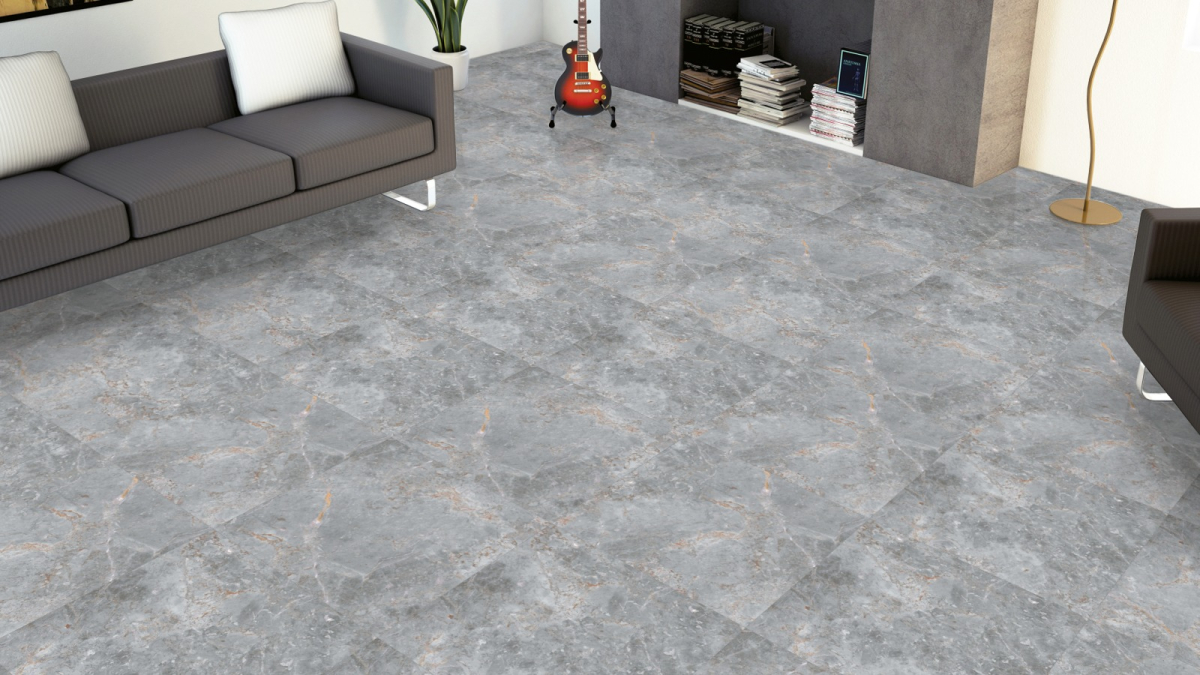
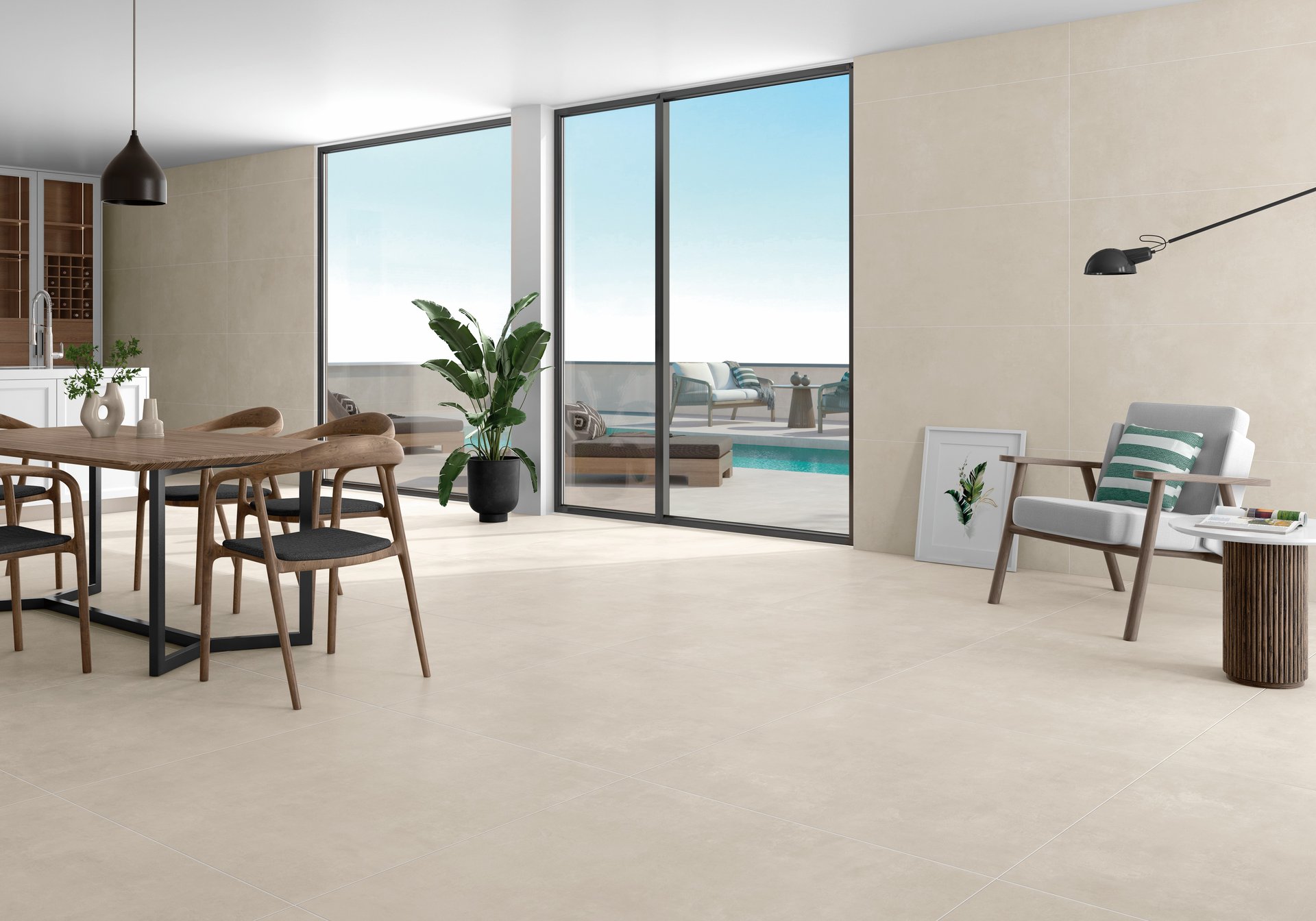
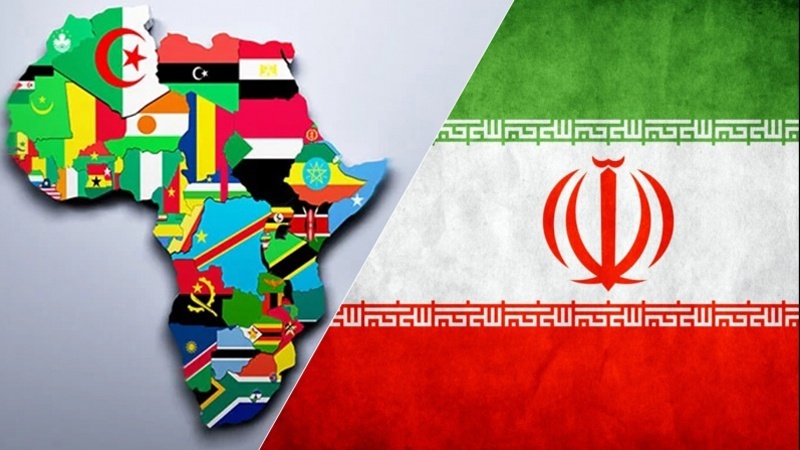
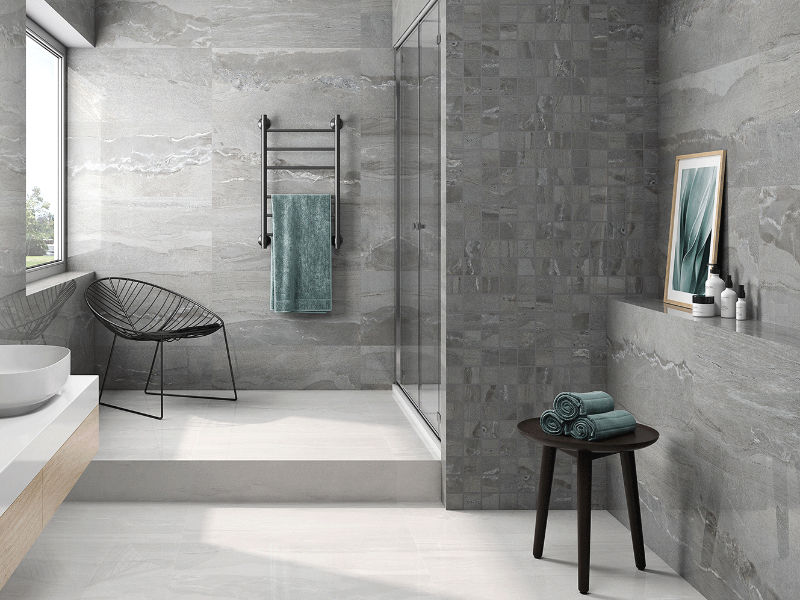
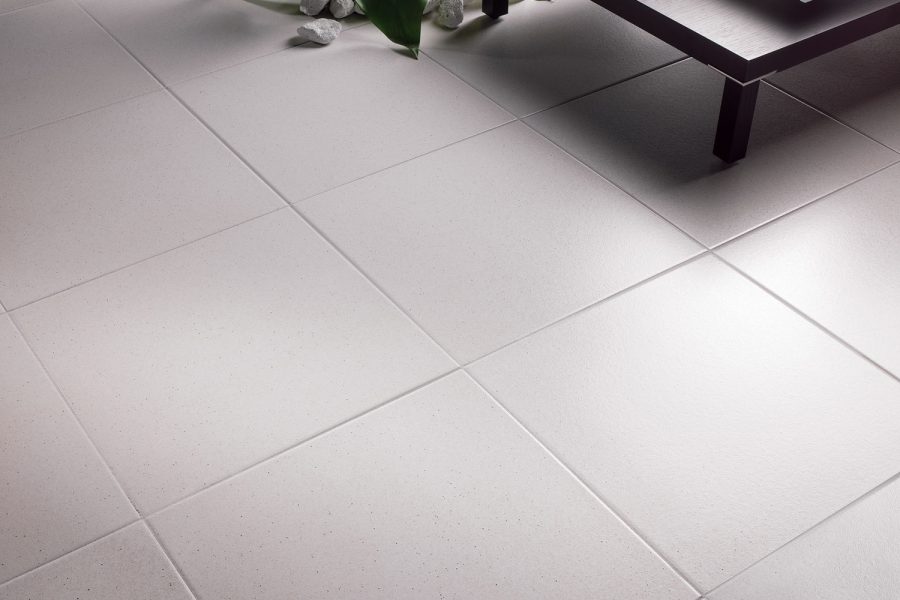
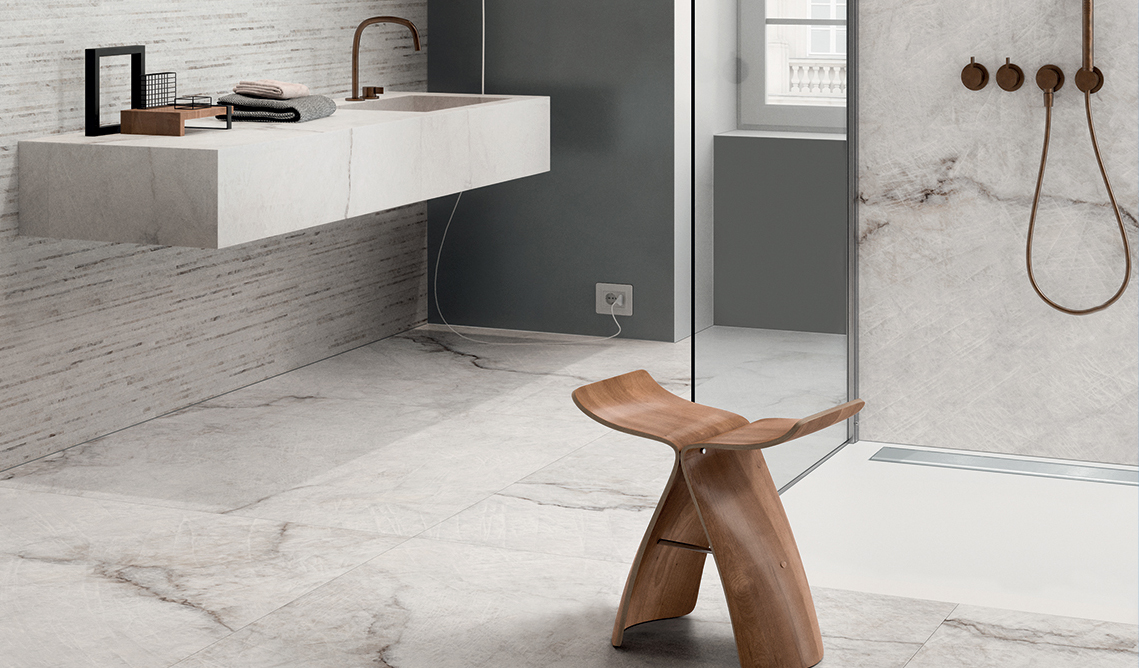
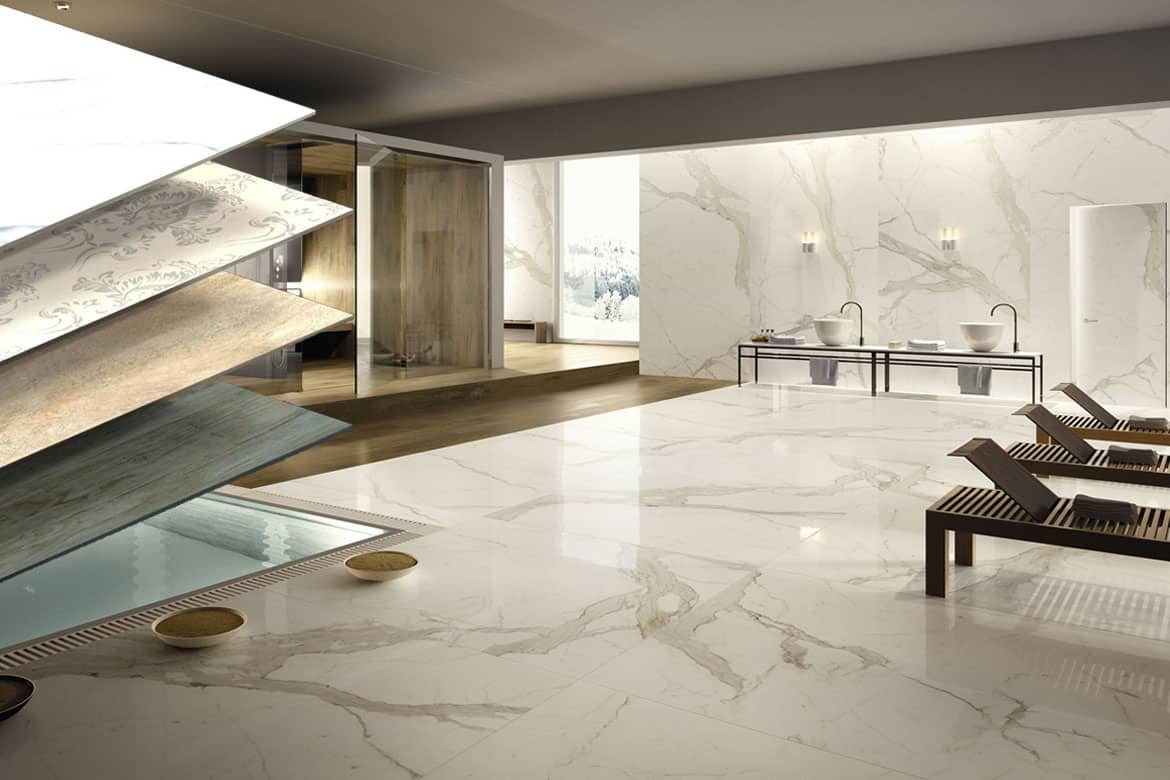
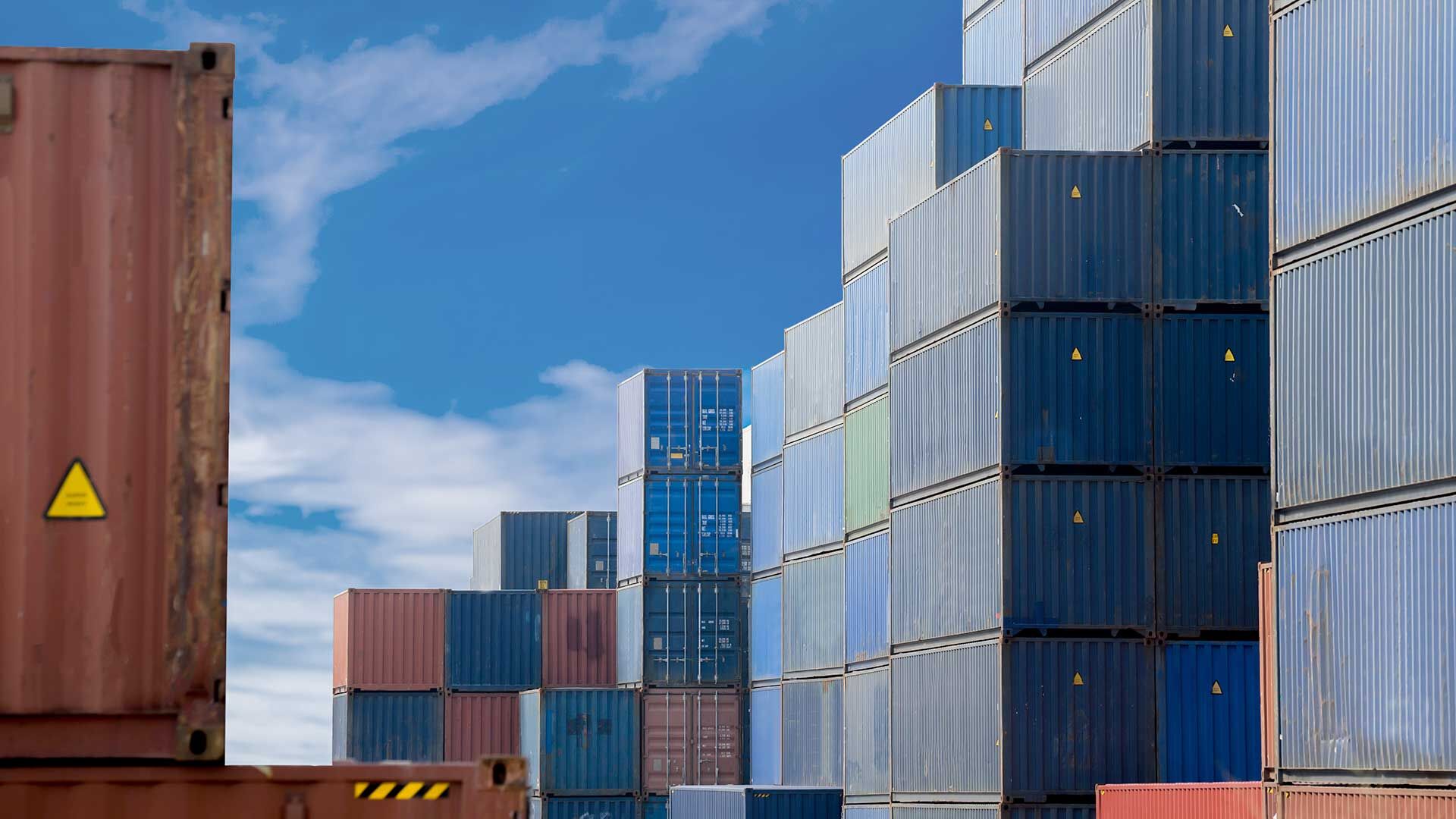
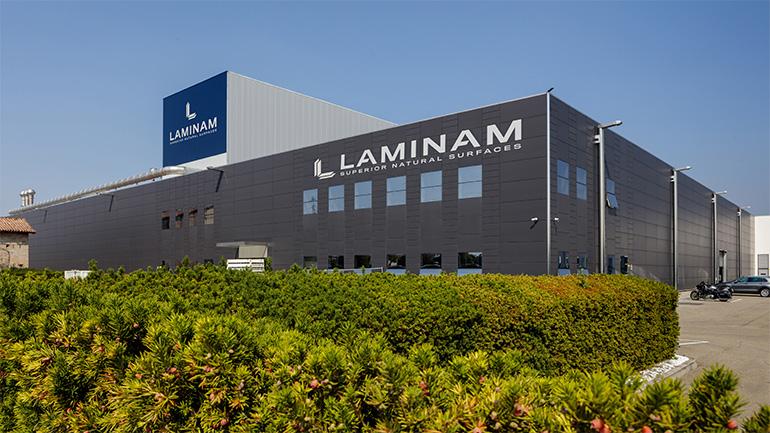
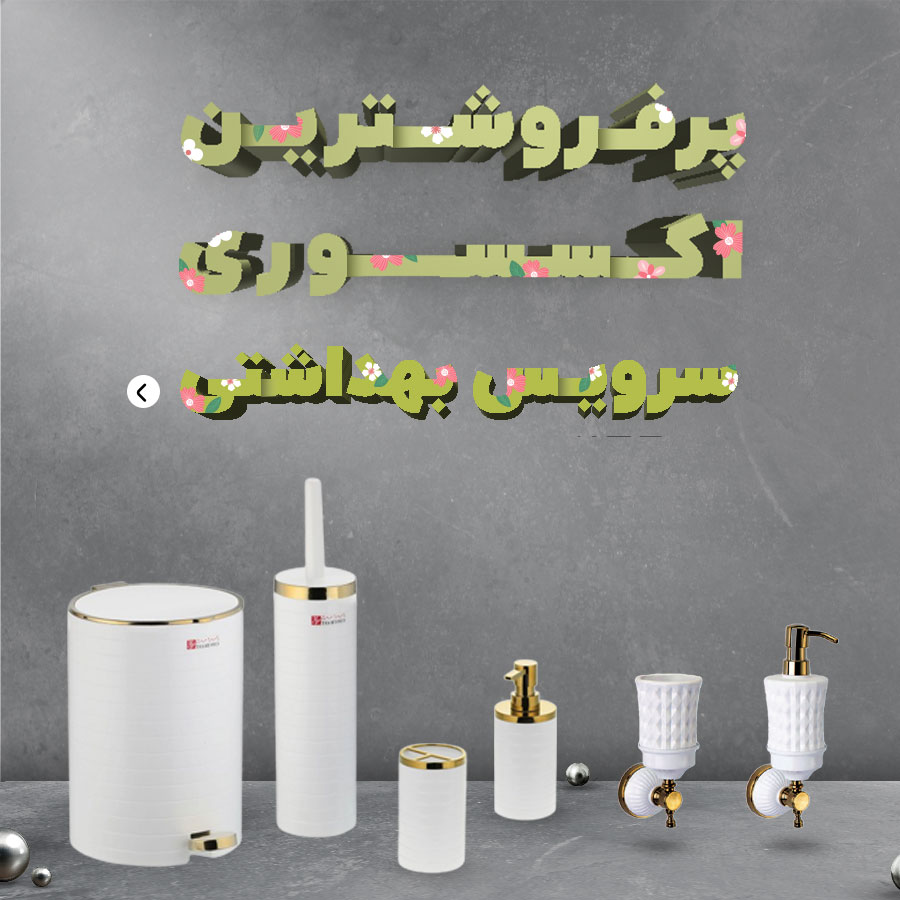
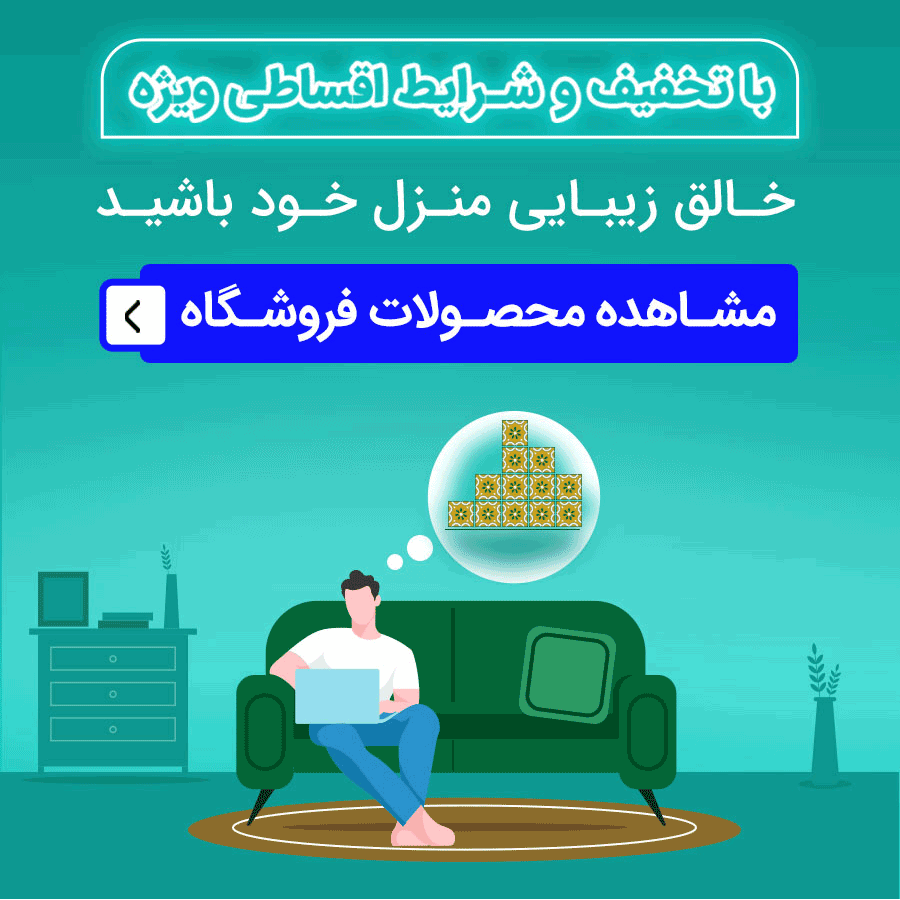
نظرات ۰